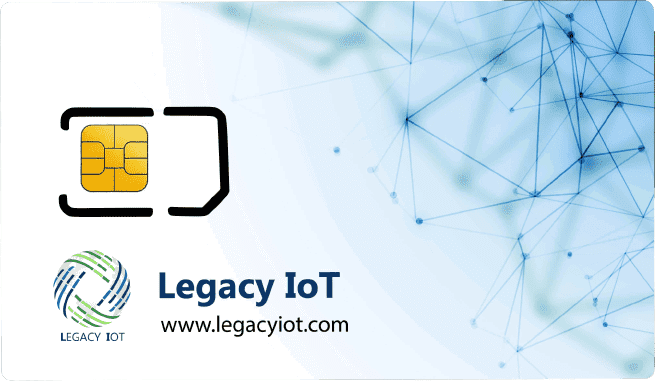Selecting the Best M2M SIM card for your business isn’t just about picking the first provider you come across. It’s about ensuring that your choice meets all your operational needs, offers reliable connectivity, and is cost-effective. Let’s dive into the practical steps to help you make the best decision.
Introduction
In the modern connected world, Machine-to-Machine (M2M) communication is essential for companies in a range of sectors.

Whether it’s for remote monitoring, asset tracking, or data collection, the best M2M SIM card for IoT devices can significantly impact your operational efficiency. This guide provides a step-by-step approach to choosing the perfect or Best M2M SIM card for your business needs.
Step 1: Define Your Requirements
Before you start looking at providers, it’s crucial to define your specific requirements. This will serve as a roadmap for evaluating your options.
Number of Devices
First, determine how many devices will be connected to the network. The number of devices can influence the type of plan you need and the overall cost.
Data Usage
Estimate the data each device will consume. Consider whether your devices will be transmitting small packets of data infrequently or large amounts of data continuously. This helps in selecting a plan that offers sufficient data without overpaying.
Communication Frequency
Identify how often data will be transmitted. Some applications require constant, real-time data transmission through IoT Management Platform, while others might only need periodic updates. Knowing this helps in choosing a plan with the right balance of data allowance and cost.
Coverage Areas
Specify the geographical locations where your devices will operate. Ensure that the provider offers robust coverage in these areas to avoid connectivity issues.
Step 2: Research Providers
With your requirements in hand, the next step is to research different M2M SIM card providers.
Provider Reviews
Look for user reviews online to understand customer satisfaction. Reviews might reveal information about a provider’s dependability and effectiveness.
Case Studies
Examine case studies that highlight how the provider has successfully met similar business needs. Case studies often provide a detailed look at the provider’s capabilities.
Testimonials
Read testimonials from other businesses. Testimonials can give you a sense of the provider’s strengths and any potential drawbacks.
Step 3: Request Proposals
Once you have a shortlist of potential providers, request detailed proposals from them.
Plans and Pricing
Get detailed pricing structures and the different plans available. Ensure the plans align with your estimated data usage and number of devices.
Coverage Information
Ask for information about a network or IoT coverage map in your specified areas. Confirm that the coverage is reliable and extensive enough for your needs.
Additional Features
Look for any extra features that could benefit your business operations, such as remote management tools, diagnostics, or security features.
Step 4: Compare and Evaluate
With the proposals in hand, it’s time to compare them against your initial checklist.
Cost-effectiveness
Assess whether the plans provide good value for the money. Consider both the monthly costs and any additional fees.
Coverage Quality
Ensure the provider offers robust and reliable coverage in your required areas. Poor coverage can lead to operational inefficiencies and increased costs.
Plan Flexibility
Look for flexibility in the plans to accommodate any potential changes in your requirements. Your needs might evolve, so a flexible plan is essential.
Additional Features
Evaluate any extra features that could enhance your operations. Features like advanced security or key benefits of remote monitoring can be crucial depending on your application.
Step 5: Conduct Trials
If feasible, conduct trial runs with a few selected providers.
Real-world Testing
Deploy their SIM cards in actual operational conditions to assess performance. This hands-on testing can reveal strengths and weaknesses that aren’t apparent on paper.
Reliability Checks
Monitor for consistency and reliability in data transmission. Ensure that the connection is stable and meets your operational requirements.
Performance Metrics
Keep an eye on the KPIs that are most important to your company. Metrics like data transmission speed, latency, and uptime are essential.
Step 6: Make an Informed Decision
After evaluating all the data and trial results, it’s time to make a decision.
Best Fit for Needs
Choose the provider that best aligns with your requirements and offers the most suitable plan. Consider your long-term needs as well.
Balance of Cost, Coverage, and Features
Ensure the selected SIM card provides like Legacy IoT for an optimal balance between cost, coverage, and additional features. Your best value is guaranteed by this all-encompassing strategy.
Conclusion
Choosing the Best M2M SIM card involves a detailed and methodical approach. By defining your requirements, researching providers, requesting proposals, comparing options, conducting trials, and making an informed decision, you can ensure that your choice supports your business needs effectively.
This careful process helps in Accelerate Your IoT Business Growth, improves operational efficiency and provides reliable connectivity for your devices.





